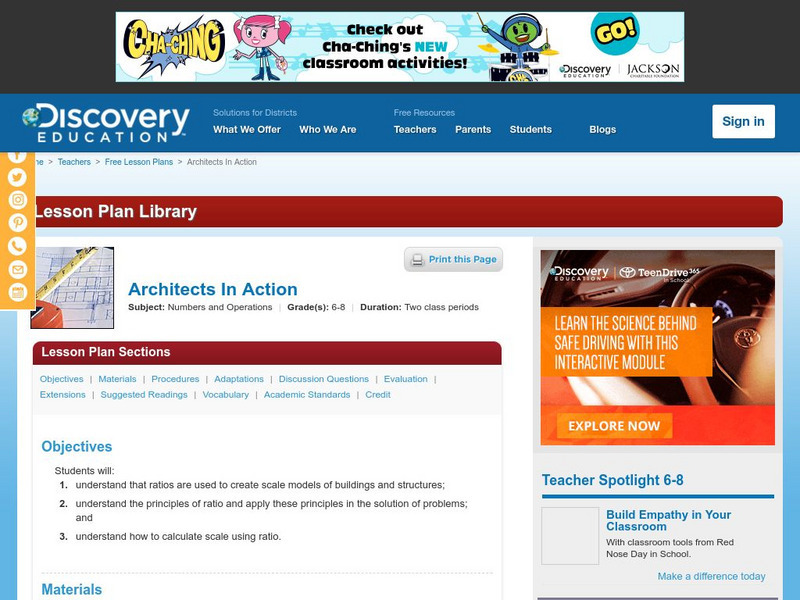Curated OER
How Can Our Talents Be Used Together?
Students investigate their individual talents. In this togetherness lesson, students listen to the poem "Togetherness Chant" and change the final stanza from play to work. Students brainstorm how they can use their individual talents for...
Curated OER
Graphing: Ocean Floor
Learners graph the ocean floor using given data. In this earth science lesson, students label different oceanic features on the map. They answer questions at the end of the lab.
ReadWriteThink
Read Write Think: Building Reading Comprehension Through Think Alouds
The Think-Aloud method has be shown to improve information retention. The lesson plan contained within this site models for teachers how to model this strategy. There is a rubric included for assessment.
ReadWriteThink
Read Write Think: Nature Reflections: Interactive Language Practice for Ell
Detailed lesson plans and materials designed for ELL/ESL students that has them observing, discussion and writing about, and from the perspective of, plants and animals. Students create a book (may be bilingual) to be reviewed by peers....
ReadWriteThink
Read Write Think: Family Memoir: Getting Acquainted With Generations Before Us
This very detailed lesson plan includes readings, discussion questions, handouts, interactives and a rubric, all aimed at helping students construct a themed memoir while documenting the artistic process they used to create it.
ReadWriteThink
Read Write Think: Abc Bookmaking Builds Vocabulary in the Content Areas
Six 50-minute lessons build vocabulary through the content areas by making an ABC book. It can become a classroom resource. Links include a non-fiction book list, checklist, word list, rubric, and a storyboard chart. There is also a link...
ReadWriteThink
Read Write Think: Attn to Technology: Exploring a Fictional Technology Lesson Plan
Taking a critical look at our responses to technology and technological advancement is the intent of this ReadWriteThink lesson, designed for 3 50-minute classes. Includes student survey, handouts, interactive, and evaluation rubric.
ReadWriteThink
Read Write Think: Can You Convince Me?: Developing Persuasive Writing
This effective tool for teaching persuasive writing contains thorough lesson plans which encourage students to take a stance and create arguments to support their position. Contains printable worksheets, rubrics, a PowerPoint...
ReadWriteThink
Read Write Think: Designing Museum Exhibits for "The Grapesof Wrath"
Integrating various creative formats with solid, researched fact, allows students to show what they have learned. The resulting "museum" can be shared with an audience in any of a number of ways. Includes handouts, rubric, and...
ReadWriteThink
Read Write Think: Manipulating Sentences to Reinforce Grammar Skills
Thinking creatively about written language is an important communication skill developed by this lesson plan, which can be used with passages from any book being read by students. Includes student handout and evaluation rubric.
National Endowment for the Humanities
Neh: Edsit Ement:portrait of a Hero
Discussing real life heroes and heroines and viewing their pictures will help students learn about reading and writing biographies. A writing rubric assessment is included in this series of activities designed to teach about heroes and...
CPALMS
Cpalms: Understanding Key Details by Using Pancakes for Breakfast
[Free Registration/Login Required] In this lesson, students will be read Pancakes for Breakfast by Tomie DePaola in order to understand and describe people, places, things and events in a text. They will create a book by drawing or...
Trinity University
Trinity University: Inherited Traits Versus Learned Behaviors [4Th Grade]
In this extremely detailed unit, learners will learn the about innate and learned characteristics in animals and humans through a series of teacher and student-led discussions, readings, reflections, learning activities, and...
Discovery Education
Discovery Education: Architects in Action
Through this lesson, students will learn how to use ratios to create a scale drawing of their classroom's floor plan. It provides adaptations, discussion questions, assessment rubric, and suggested readings to help develop students'...





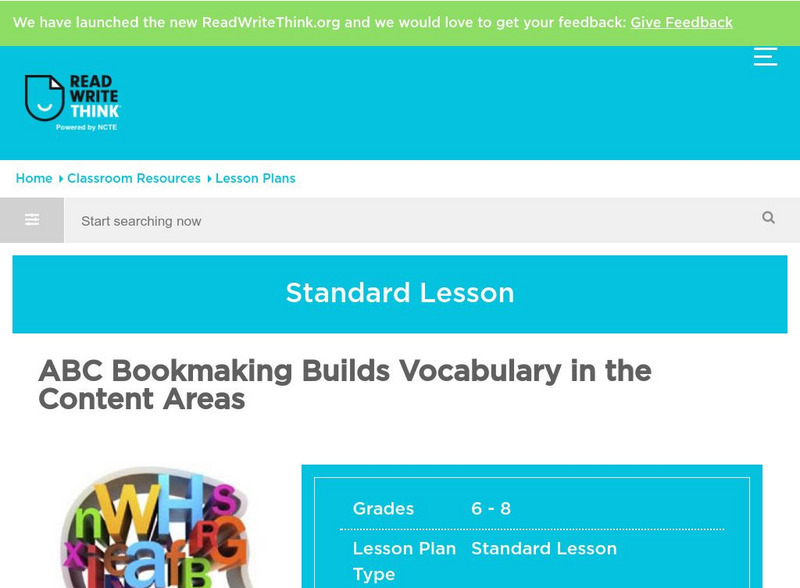

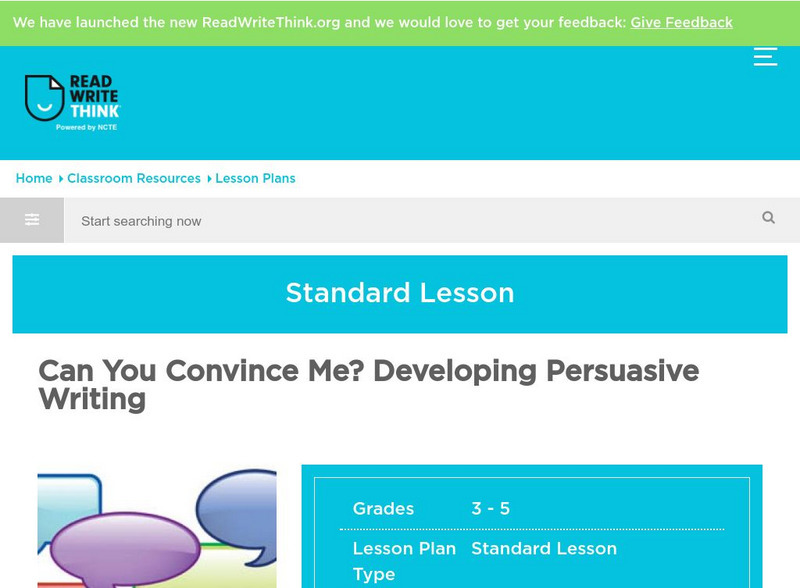
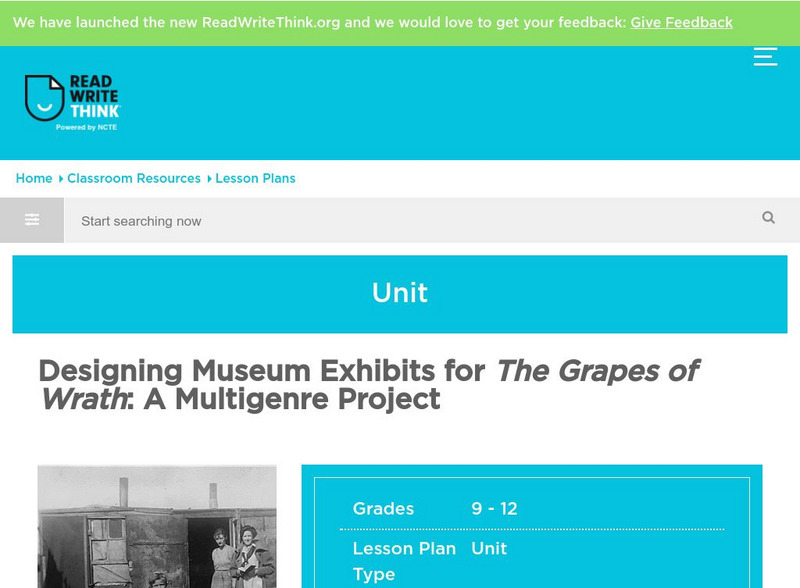
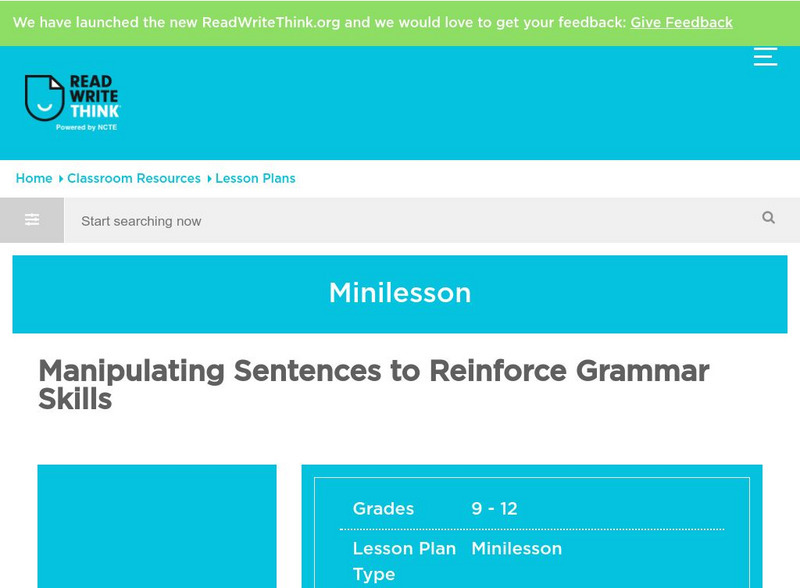
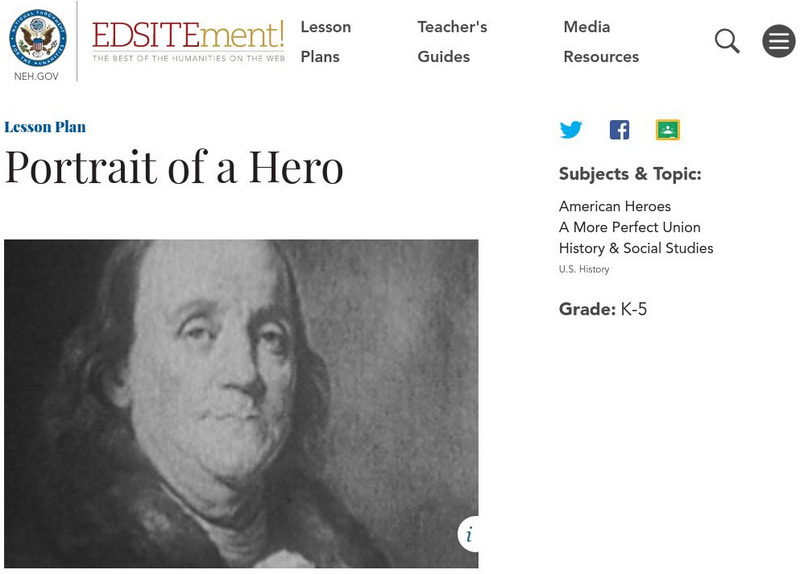
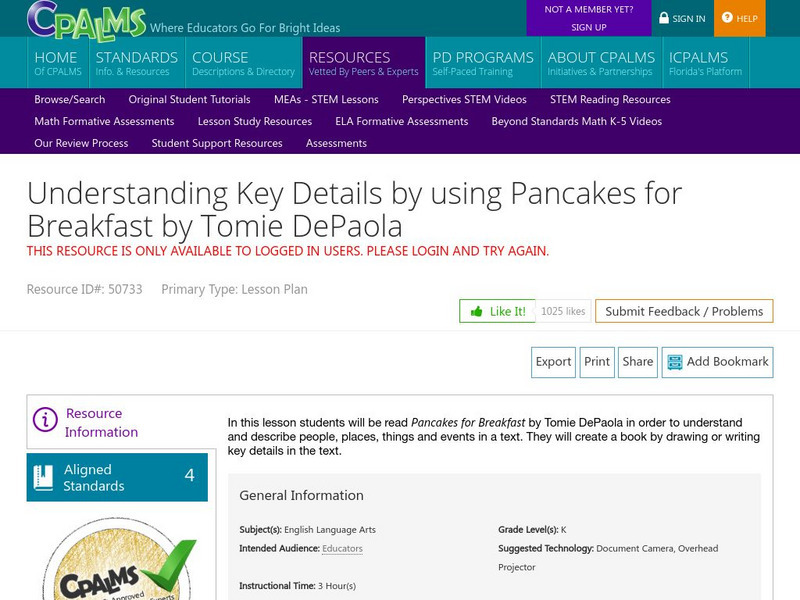
![Trinity University: Inherited Traits Versus Learned Behaviors [4Th Grade] Lesson Plan Trinity University: Inherited Traits Versus Learned Behaviors [4Th Grade] Lesson Plan](https://d15y2dacu3jp90.cloudfront.net/images/attachment_defaults/resource/large/FPO-knovation.png)
